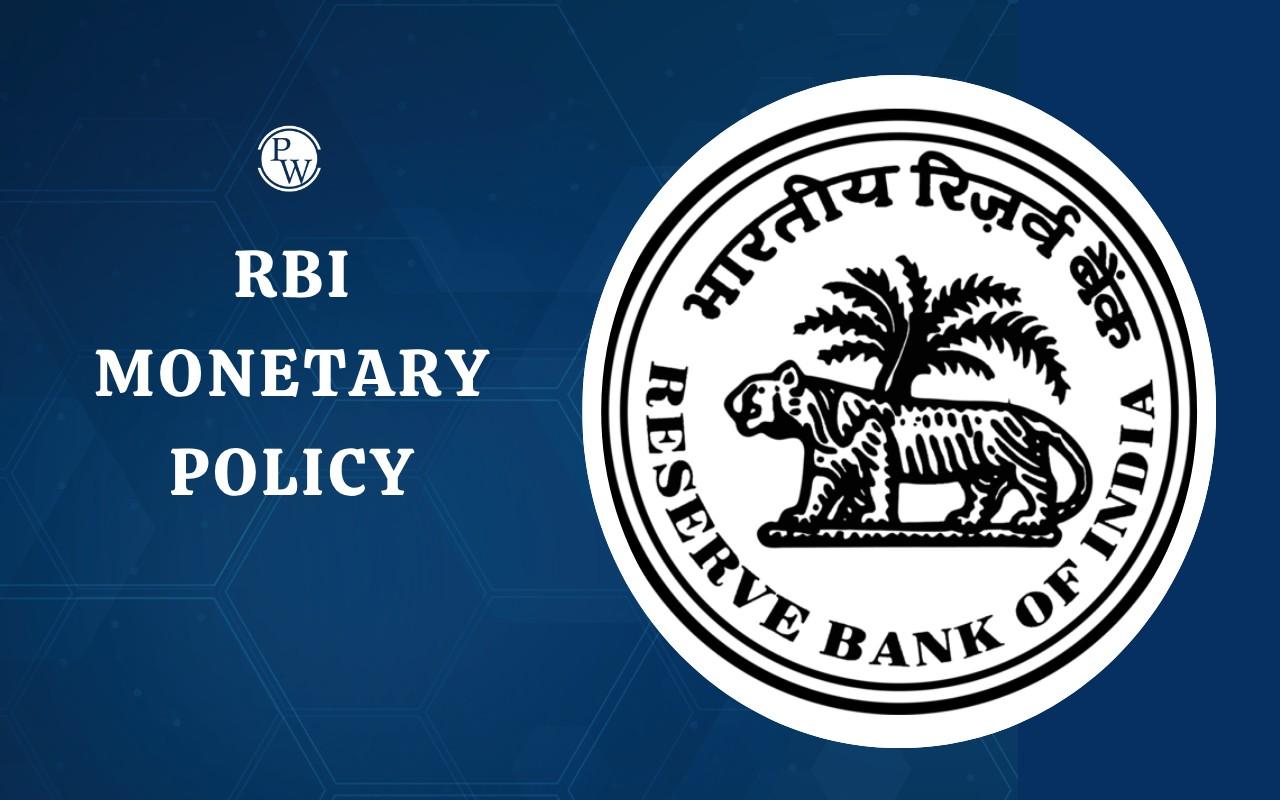
The Periodic Labour Force Survey (PLFS) is an annual report released by the National Statistical Office (NSO) under the Ministry of Statistics and Programme Implementation (MoSPI) that helps understand the overall trends of India's labor market.
The data of the Periodic Labour Force Survey provides insights into employment, unemployment, and labor participation rates across the country. Read on to learn about the key findings of the PLFS report for 2024 and understand the current employment scenario in India.
Periodic Labour Force Survey 2024-25 Overview
The Periodic Labour Force Survey is part of an annual series started in 2017. It gives national-level estimates of employment indicators. These include the Labour Force Participation Rate (LFPR), Worker Population Ratio (WPR), and Unemployment Rate (UR). The recently released PLFS 2024-25 report covers the period from January 2024 to December 2024.
| Periodic Labour Force Survey 2024-25 Overview | |
| Released By | National Statistical Office (NSO) |
| Objective | To provide annual and quarterly estimates of key employment and unemployment indicators. |
| Frequency |
|
| Reference Periods | Usual Status (US), Current Weekly Status (CWS), Principal and Subsidiary Status (PS+SS) |
| Background | Replaced quinquennial Employment-Unemployment Surveys (EUS) conducted by NSSO. |
| Sample Size | 1 lakh households and 4.15 lakh individuals |
| Key Indicators | Labour Force Participation Rate (LFPR), Worker Population Ratio (WPR), Unemployment Rate (UR) |
| Significance | Provides critical inputs for policymaking to address employment challenges. |
| Website | https://mospi.gov.in |
Periodic Labour Force Survey Key Findings
The Periodic Labour Force Survey for 2024 shows some encouraging trends. While urban employment is getting stronger, rural participation, especially among women, needs policy support. Here are some of the key findings that stand out:
-
Overall Stability in LFPR: The national LFPR slightly declined from 59.8% in 2023 to 59.6% in 2024.
-
Urban vs. Rural Dynamics:
-
In urban areas, the LFPR increased, particularly among males, rising from 74.3% to 75.6%. Females also experienced a slight increase from 25.5% to 25.8%.
-
Meanwhile, rural LFPR struggled, highlighting the need for targeted efforts to increase labor participation.
-
Worker Population Ratio (WPR):
-
The overall WPR in urban areas improved from 47.0% to 47.6%. However, the all-India level saw a slight decrease from 58.0% to 57.7%.
-
This disparity indicates a growing gap in employment opportunities across different regions.
-
Unemployment Rate Trends:
-
The national unemployment rate slightly dropped from 5.0% to 4.9%, indicating minor improvements in job prospects.
-
Interestingly, urban male unemployment rose from 6.0% to 6.1%, while female unemployment in urban areas decreased from 8.9% to 8.2%.
These findings illustrate the mixed trends in the labor market, showcasing areas of growth and sectors that need further support.
Labour Force Participation Rate 2024
The Labour Force Participation Rate 2024 tells us how many people are working or looking for work. Here are key insights from the PLFS Report 2024:
-
Urban male LFPR (CWS): Rose from 74.3% to 75.6%.
-
Urban female LFPR (CWS): Increased slightly from 25.5% to 25.8%.
-
Overall urban LFPR (CWS): Improved from 50.3% to 51.0%.
-
National LFPR (PS+SS): Declined slightly from 59.8% to 59.6%.
The increase in urban participation shows rising job opportunities, but the fall in rural female LFPR is a concern.
Unemployment Rate India 2024
The Unemployment Rate 2024 shows how many people are unemployed and looking for jobs. Here are key unemployment trends:
-
Rural unemployment (CWS): Improved slightly from 4.3% to 4.2%.
-
Urban male unemployment (CWS): Increased from 6.0% to 6.1%.
-
Urban female unemployment (CWS): Decreased from 8.9% to 8.2%.
-
National unemployment (CWS): Dropped from 5.0% to 4.9%.
-
National unemployment (PS+SS): Rose marginally from 3.1% to 3.2%.
The PLFS Report 2024 indicates a mixed pattern. While urban female unemployment has fallen, male unemployment in urban areas has slightly risen. Still, overall, India has seen better employment stability.
Employment Trends India 2024
The Employment Trends 2024 section gives us a snapshot of job growth across sectors and locations. Here are some of the major findings:
-
Urban WPR (CWS): Increased from 47.0% to 47.6%.
-
National WPR (PS+SS): Dropped slightly from 58.0% to 57.7%.
-
Urban female WPR (CWS): Rose from 23.2% to 23.7%.
-
Rural female WPR (PS+SS): Dropped from 46.4% to 44.8%.
A sharp decline in unpaid family work has led to reduced rural female employment. However, paid jobs in urban areas are rising. This shift reflects a movement toward formal work and away from informal roles, which is a positive sign.
Relevance of PLFS Report 2024 for UPSC
The PLFS Report 2024 provides crucial information that can be effectively used in UPSC Mains answer writing, particularly in GS Paper III and Essay sections.
-
This report helps aspirants understand India’s labour market structure and serves as a credible source to quote in answers.
-
Data from the Periodic Labour Force Survey can be used to strengthen arguments related to job creation, gender inequality, urbanisation, informal sector trends, and more.
-
Also, factual questions related to this survey such as which organisation releases it, may be asked in the UPSC Prelims.
Therefore, it is important to go through the report to be prepared for the exam.
To sum up, the Periodic Labour Force Survey is an important report that shows that India is making slow but steady progress in job creation, especially in cities. Learn about more such key reports for UPSC CSE, and explore UPSC Courses by Physics Wallah!
| UPSC Related Articles | ||
| UPSC Prelims Previous Year Questions Paper | NCERT for UPSC Exam 2025 | UPSC Admit Card |
| UPSC Exam Pattern | UPSC Prelims Syllabus | UPSC Result |
Periodic Labour Force Survey FAQ
What is PLFS full form?
What is the Periodic Labour Force Survey?
What is the labor force participation rate in India?
What does the unemployment rate indicate?
Why is the PLFS Report important for UPSC aspirants?










